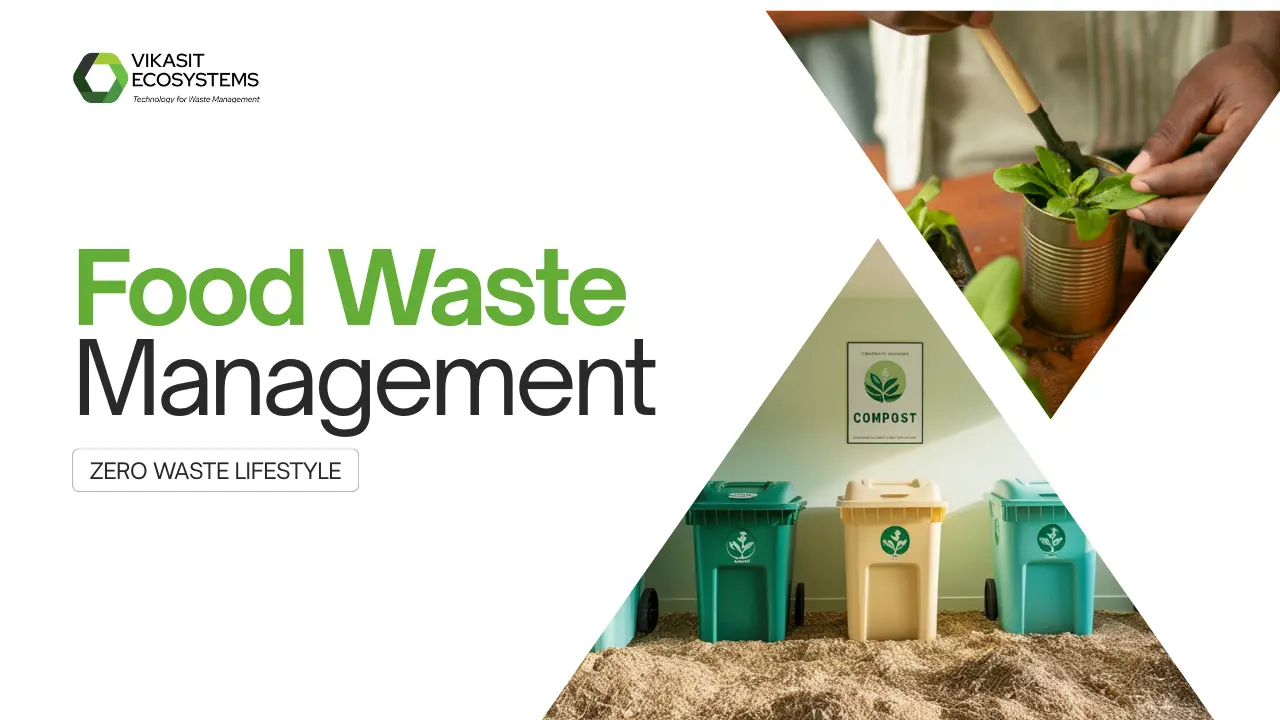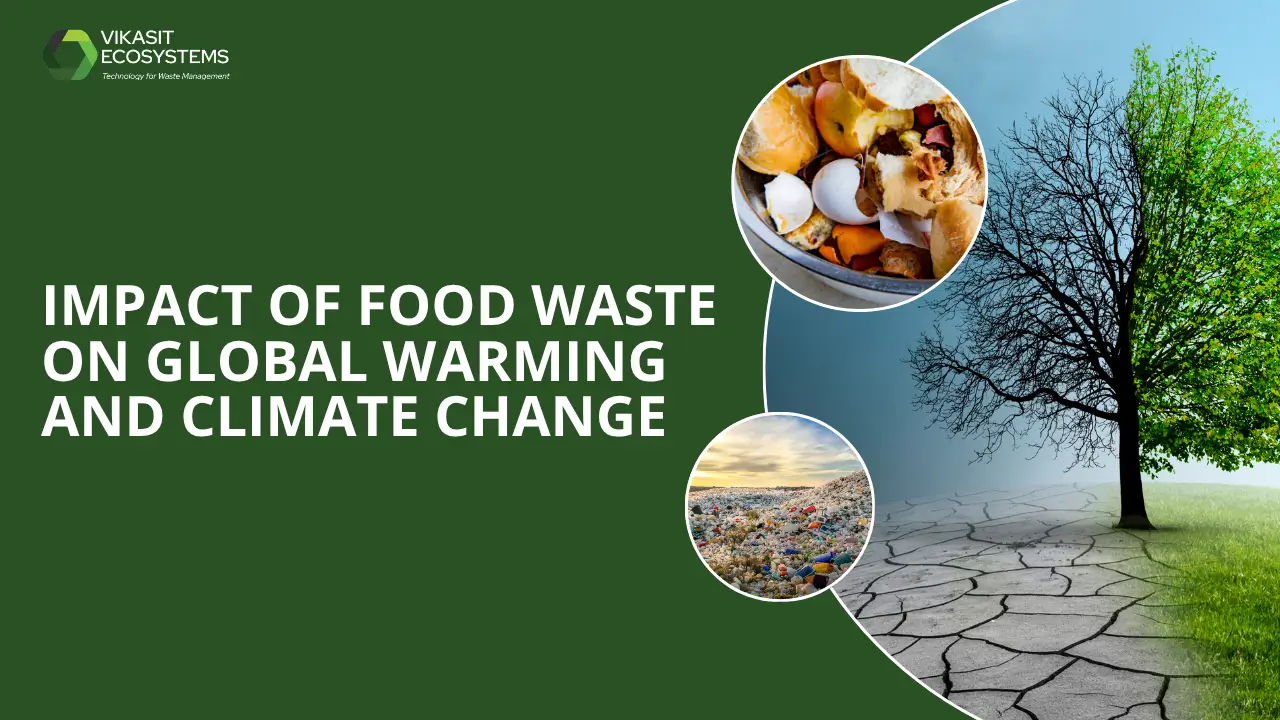In the aftermath of Swachh Bharat Mission (SBM) 2.0, which promises to render Indian cities “garbage-free,” the term “legacy waste” has drawn a lot of attention. With 1,300 million tonne of legacy waste lying in more than 3,000 dumpsites nationwide, the Mission requires cities in India to clear legacy waste sites, reclaim the land, and prevent more waste from reaching dumpsites, according to Sunita Narain, director general of the Centre for Science and Environment (CSE).
She was addressing a nationwide seminar on legacy waste management and dumpsite rehabilitation that CSE organised. The symposium’s chief guest, Roopa Mishra, joint secretary, Union Ministry of Housing and Urban Affairs (MoHUA), among others, also addressed the attendees, who included waste management practitioners, regulators, government functionaries, scientists, specialists, and industry representatives. On this occasion, Mishra and Narain published three new CSE publications: Legacy Trash Management and Dumpsite Rehabilitation, Developing City Solid Waste Action Plans for Bio-degradable Waste and Non-Biodegradable Waste.
Legacy waste
Although the phrase “legacy garbage” has not been defined in any official government document in India, it often refers to old municipal solid waste in landfills or dumpsites, explains Atin Biswas, programme director, solid waste management section, CSE. The criteria for what constitutes legacy garbage in terms of age are not standardised. Legacy waste typically consists of a mixture of plastic waste, textiles, metals, glass, and other materials, as well as partially or completely decomposed biodegradable waste.
The deputy programme manager for the unit at CSE, Richa Singh, made the following observation: “It is crucial to highlight that legacy waste dumpsite cleanup initiatives in India concern themselves with any unscientifically managed dumpsite that is quite new. The goal is to eliminate dumpsites that were improperly planned and managed and may be posing long-term risks to the environment and public health. Millions of tonnes of legacy trash are currently being stored in overcrowded landfills in India, posing a threat to not just the environment but also to people’s health, way of life, and economy.
Action initiated
In her speech at the symposium, Roopa Mishra emphasised that every programme and policy of the Central government was focused on achieving one specific goal: “making Indian cities garbage-free.” The ministry has launched a variety of initiatives to support local administrations as part of this goal, one of which is a star rating and certification for garbage-free cities.
The government’s purposeful initiatives in legacy waste management were previously stated by CSE’s Richa Singh in her presentation: “The MoHUA has recognised that unlined dumpsites are generating air and water pollution and creating long-term environmental and health problems. According to the SBM 2.0 operational standards, cities with a population under one million must clean legacy waste sites by March 31, 2023, while cities with a population of one million or more must return the lost land by March 31, 2024.
“MoHUA has also pledged significant financial devolution to help the cities cover the expense of remediating legacy dumpsites,” she continued. The Union budget has committed up to Rs. 1,41,600 crore to meet the SBM 2.0 mission; this represents the single-largest investment in a major sanitation initiative in independent India. Singh predicts that the remediation of dumpsites in India will cost Rs 1,04,000 crore, based on CSE’s calculations.
According to Biswas, “SBM 2.0 compels every urban local body to submit a City Sanitation Action Plan (CSAP) to qualify for the grant for sustainable sanitation and a City Solid Waste Action Plan (CSWAP) to apply for funding.
The performance-linked financial devolution has specific benchmarks that must be met by each urban settlement before it can receive the following funding infusion.
The national mandate, according to CSE experts, has given the effort to deal with the legacy garbage piling up in dumpsites a major boost. According to Biswas, in order to guarantee that the reclaimed lands are never lost again, it is crucial to stop new garbage from reaching the current dumpsites. By the end of 2026, every Indian city is required by the Mission to prevent up to 80% of its garbage from ending up in a landfill.
Narain claims that waste is a resource. We should reuse and recycle our waste instead of ‘wasting’ it. It would be crucial to ensure that the extracted fractions acquired from the existing garbage mountains were used profitably and were eventually disposed of, even as towns in India began concentrating on remediating their legacy waste.
The way ahead
These are the stages provided in the roadmap by the CSE toolkit on legacy waste management:
- Make sure hygienic landfills are built and run sustainably.
- Create a plan for the sustainable management of solid waste. It should adhere to the circular economy and resource recovery tenets while preventing the introduction of new waste into landfills.
- Make sure to utilise recovered fractions as often as possible. It is crucial to properly stabilise and treat legacy trash.
- On the basis of an extensive policy and protocol, reuse the reclaimed land sustainably.
- Provide guidelines for the profitable use of recovered fractions to prevent the presence of pollutants and toxins in them.
- Encourage the administration of recovered materials. For legacy garbage enterprises, a sustainable business model must be created.
- Build capacity of urban departments and their officials.
- Make sure hygienic landfills are built and run sustainably.

Written by the Sustainability Research Team at Vikasit Ecosystems – pioneers in decentralized organic waste management and creators of The Soil Maker. Follow us for updates on green innovations, circular economy, and urban resilience.





